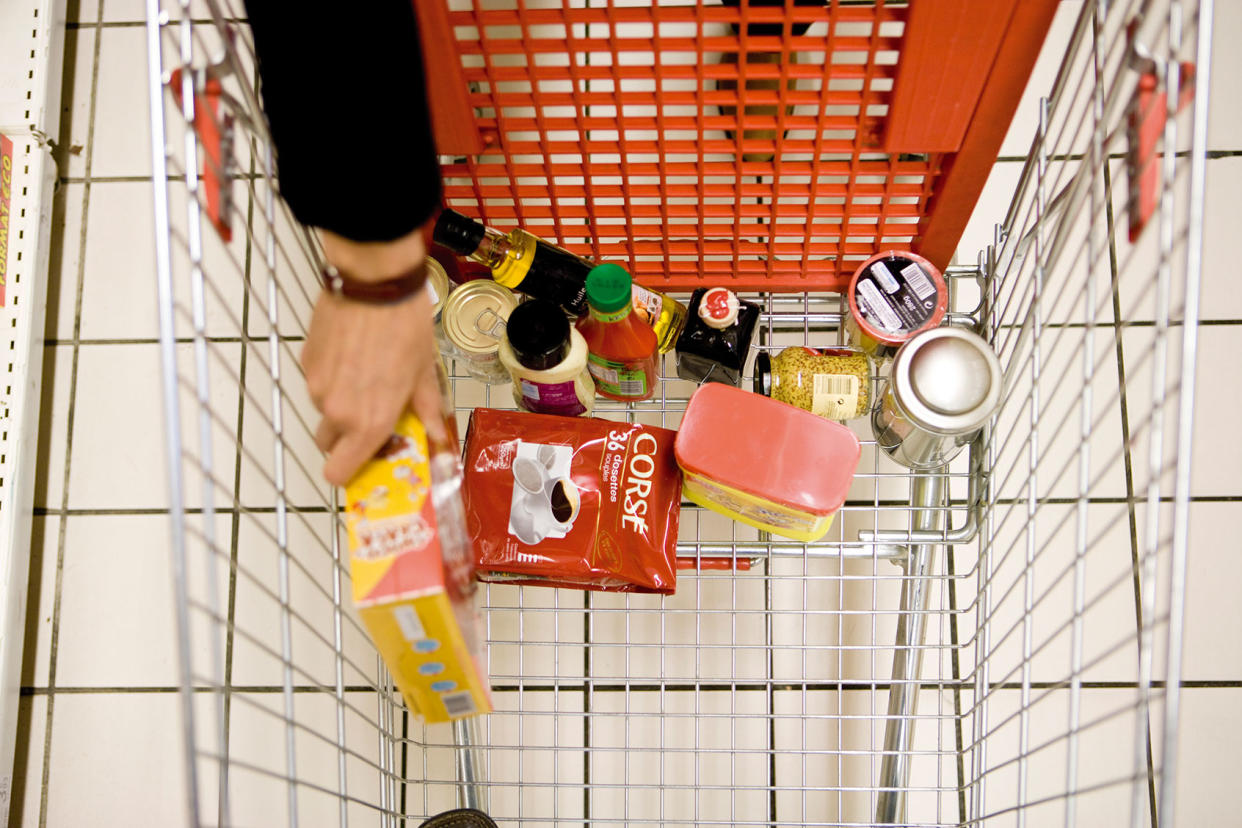"Defense against hunger": Over 1,400 expert organizations fight back as the GOP tries to cut SNAP

On Tuesday, 1,422 national, state and local organizations representing communities across the country, sent a joint letter to Congressional leaders opposing “any Farm Bill — including the House Agriculture Committee’s Farm, Food and National Security Act of 2024 — which proposes cuts to SNAP,” or the Supplemental Nutrition Assistance Program.
This includes any planned restrictions to future Thrifty Food Plan benefits, which would cumulatively result in nearly $30 billion in cuts over the next decade. The Thrifty Food Plan is one of four food plans the USDA develops that estimates the cost of a healthy diet across various price points:
The Thrifty Food Plan is one of four food plans USDA develops that estimates the cost of a healthy diet across various price points – the Thrifty, Low-Cost, Moderate-Cost and Liberal Food Plans. The Thrifty Food Plan is the lowest cost of the four. According to the agency, it “represents a nutritious, practical, cost-effective diet prepared at home for a ‘reference’ family, which is defined in law as an adult male and female and two children."
SNAP maximum allotments, or benefit amounts, are updated each year based on the cost of the Thrifty Food Plan in June and take effect on Oct. 1. Some House Republicans, including House Agriculture Committee Chair Glenn “GT” Thompson, have voiced a desire to “freeze” the cost of the Thrifty Food Plan, which the Center on Budget and Policy Priorities has decried as having the ability to “weaken the program’s ability to meet its core mission.”
The letter — which included signatures from a wide range of national groups like the Alliance to End Hunger, the American Academy of Pediatrics, the National Coalition for the Homeless and the United Food and Commercial Workers International Union — says the representative organizations want to guard the program’s current “equity and autonomy in how SNAP participants can use benefits in ways that meet their cultural, dietary, and health needs.”
Cutting funding to federal nutrition programs, like SNAP and WIC, has been entertained by Congressional Republicans with varying degrees of seriousness for decades, ever since Ronald Reagan’s fear mongering in 1976 about a growing nation of “welfare queens” (when in reality, the story of the original woman about whom he was speaking, Linda Taylor, is much more complicated). However, as partisan politics have become increasingly combative since the last administration, calls from Republican lawmakers to slim down the program’s budget have certainly increased, as well.
This is despite the fact that rates of hunger have risen steadily since some of the more comprehensive pandemic-era SNAP benefits were terminated, as well as new research that shows the current cost of nutritious meals outpaces benefits in 98% of United States counties.
“Strengthening SNAP and the commodity assistance programs ensures that the more than 41 million people who continue to rely on SNAP benefits every month to put food on the table — during a time of increased rent and health care costs — can access and afford the nutrition they need to thrive,” the letter reads.
It continues:
Every dollar invested in SNAP is a dollar we invest into our nation and its people. And this investment has a strong ripple effect. Studies show that increases in SNAP benefits directly correlate to improved health outcomes and decreased visits to emergency rooms, which decreases Medicaid costs. In addition to its health, nutrition, and overall improved well-being attributes, SNAP also supports local economies — each dollar in federally funded SNAP benefits generates between $1.50 and $1.80 in economic activity during a weak economy.
Yet, despite its many strengths, we expect a lot of output from a program where the average benefit is only $6 per person per day. During a time of sharply increased costs at grocery stores and other living expenses, it is ill-advised to weaken SNAP and the commodity programs as it will only deepen America’s hunger crisis.
In a press conference hosted on Tuesday by the Food Research Action Committee, Colleen Young of the Greater Pittsburgh Community Food Bank said that local aid organizations, like food banks, are seeing more traffic as clients report feeling pressed by inflation — and they are sure they are going to be able to keep up without SNAP.
"For every meal food banks can provide, SNAP provides nine,” Young explained. “Without SNAP, charitable food organizations cannot make up that difference. Any efforts to cut or reduce SNAP benefits would create headship for families experiencing food security and increase pressure on already strained food banks."
Salaam Bhatti, FRAC SNAP Director, added that, “any attempt to freeze or roll back the Thrifty Food Plan would cut SNAP benefits for all participants, leaving families subject to outdated nutritional guidance, and have a significant negative impact on families' nutrition and overall well-being — because every dollar counts.”
Ellen Teller, the chief government affairs officer for FRAC described SNAP as our “nation’s first line of defense against hunger.”
Any legislative vehicle, including the Farm Bill, that presents a critical opportunity to combat food insecurity cannot move forward by weakening our key defense against hunger — we must strengthen SNAP,” Teller said. “FRAC and its network partners stand ready to oppose any legislation that would undermine SNAP’s proven effectiveness in helping 41 million people in America afford to put food on the table. History has repeatedly shown that the only viable path to passing a Farm Bill is a strong bipartisan effort that involves all stakeholders engaged at the table.”
The full letter can be read here.

